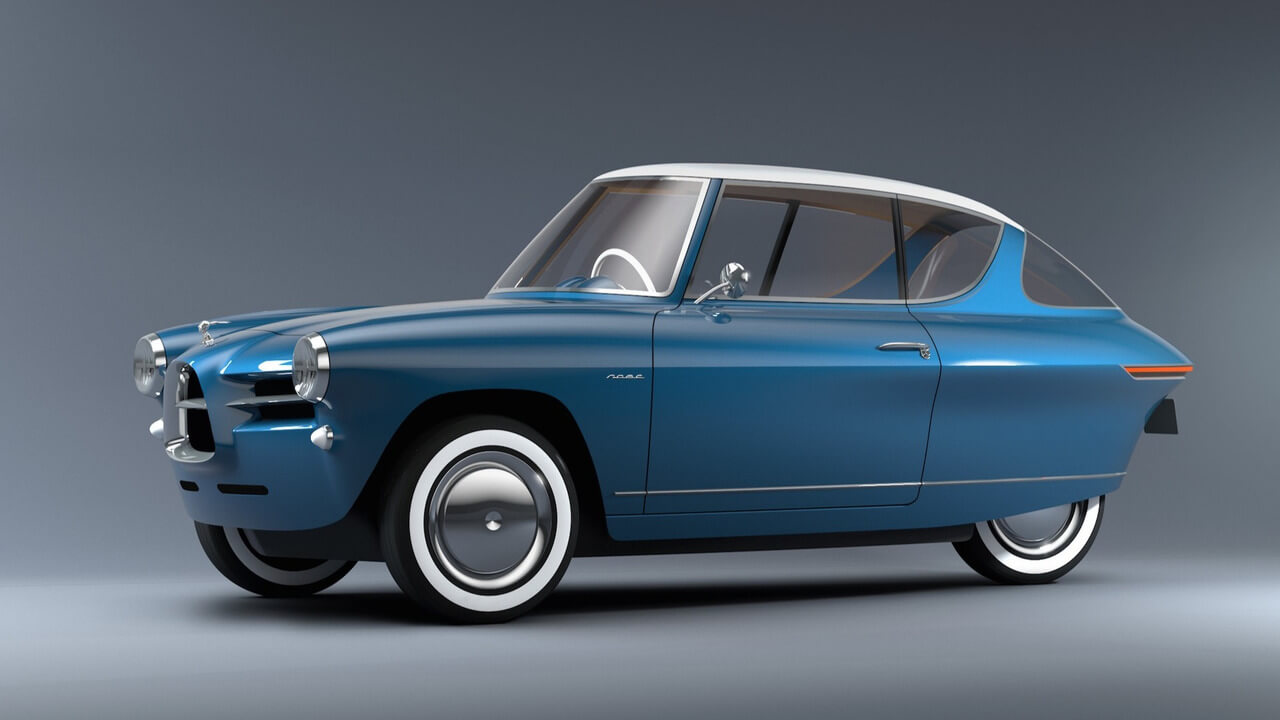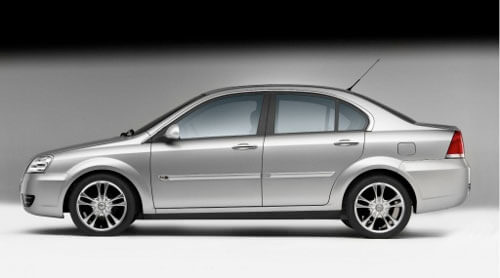Electric Vehicle Design

How cool that a Baltic state wants to join the EV movement! Best of luck.
Yet, while cuteness is in the eye of the beholder, I’m not sure a retro look “works” for the revolution in which 20th Century transportation with its planet-defiling dirty fuels gives way to environmentally responsible EVs powered by renewable energy. 
Personally, I think the design concepts of the Prius and the Tesla are perfect. The car has to be distinctive, enabling the driver to communicate, albeit subtly, that he’s an eco-conscious member of society, but it has to be good-looking as well.
This, btw, is one of the many reasons that the Coda EV failed so miserably. It looked like an ugly version of a low-end 1980s Ford (see below).
The fact that it was overpriced, had a terrible range, and was sold by a company that was clearly going into bankruptcy (rendering its warranty meaningless, vs. the Nissan Leaf whose warranty actually had obvious value) didn’t help either.


Craig,
Interesting how people differ in perception of what’s attractive. The exterior design of both the Prius and Leaf were attacked for many years as being unattractive and ugly.
Both companies persisted and eventually the designs became fairly mainstream.
Coda on the other hand was designed by the famous Italian auto-design studio of Pininfarina for the Mitsubishi Orion. When the model became obsolete, the tooling and dies were sold to Chinese car manufacturer, MiHafei Saibao Hafei.
Coda was certainly a crock, produced crooks !
For the last 20 years I’ve been collecting EV old all ages, mostly weird and wonderful. I now possess more than 170 examples and I haven’t even started collecting Chinese example except for a fascinating model produced some time in 1930’s Shanghai. Sadly, the vehicle is incomplete and little is known about it’s origin.
I hope when I retire to start an EV Museum (I already own the perfect building near Oxford in the UK).